My third play was another murder mystery. The idea came to me years ago when I was home with a dose of flu. I was too ill to concentrate on a book so I resorted to browsing through the want ads. Suddenly, I came across a notice for a children’s nanny. It read: “Mary Poppins, Where are You?” This was around the time of the Bernardo/Homolka murders and the thought popped into my head: What if the nanny had been one half of a homicidal couple and the ad had been placed by her partner in crime after she had been released from jail. Suddenly the cheerful wording of the notice took on a sinister tone.
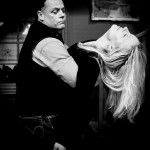
A lot has been written and filmed about couples who have been convicted of multiple murders. The inevitable question that comes to mind is: Was the female half of the partnership a willing participant, or was she intimidated into aiding and abetting her partner? This became the subject of my play. The script deals with a serial killer named Peter Crampton who has escaped from jail in order to get even with the girlfriend who gave evidence against him. When the play begins, his girlfriend has been released from jail, but she has disappeared from view and no one knows where she is.
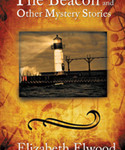
I set the play in a hunting lodge in the mountains. Although I was very attached to the title that had given me the idea for the plot, I realized that it would have to be changed as it would be misleading on a marquee. Therefore, the play-script became Shadow of Murder. However, I decided to re-use the plot for one of my mystery books, and in that format, I was able to keep the original title. As it turned out, “Mary Poppins, Where are you?” was already in print before the play was produced, so the short story provided a great resource for the actors’ character studies.
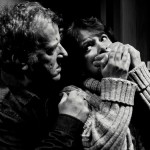
Although the play has a very dark theme, its tone is that of a typical community-theatre murder mystery. There are elements of romance and humour that offset the serious subject matter. The suspense comes from the fact that the characters are isolated at the lodge and a dangerous killer is at large in the vicinity. Without these elements, the play would have been irretrievably gloomy. However, most of these features were unnecessary when I rewrote the script as a short story. Therefore, I dispensed with the humour and romance, and kept the tone serious and sinister.

Transforming Shadow of Murder into story form was fun. I’d learned my lesson on my previous projects and I took a different approach right from the start. The biggest plus was being able to take the action outside the hunting lodge. Dialogues took place by the lake; characters mulled over problems while walking forested trails; squad cars raced along highways in high winds; motorists were stranded by landslides; policemen discovered bodies in the river. It was so much easier to narrate the events as they happened rather than write dialogue to let the audience know about the action that was occurring outside the stage set.
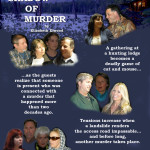
It was easy to create suspense with the short-story format, too. Instead of writing dialogue, I could describe the thoughts of the characters, far more evocative than the spoken word for communicating the fear that gripped them. The varied settings helped too. The dark forest, the raging storm, the turbulent river and the cold, sinister lake all generated a doom-laden atmosphere.
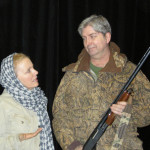
Other differences between the two formats? With a story, it is easier to insert red-herrings into the plot. The clues can hide amid pages of description or exposition. The stream-of-consciousness technique works well. Character’s thoughts can be written in a way that is entirely accurate, yet still leads the reader in the wrong direction. Red herrings in a theatrical production are trickier. It is hard to fool a group of people collectively focussed on a live performance, so a play demands visual trickery and extraneous action to divert the audience from the clues in the dialogue.
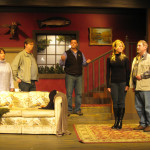
The final major difference between the two forms was in the endings. In spite of the darkness of the theme, I was able to end the stage play on an upbeat note that left the audience smiling. However, in translating that plot into a story, levity simply did not work. “Mary Poppins, Where are you?” had to be ‘played’ straight, and the story’s conclusion resounded with bitterness and a desire for retribution. Same plot, totally different mood. The power of style and structure over content never ceases to delight me.
[box]Black and white photos by Doug Goodwyn. ‘Whodunnit’ by Craig Premack.[/box]